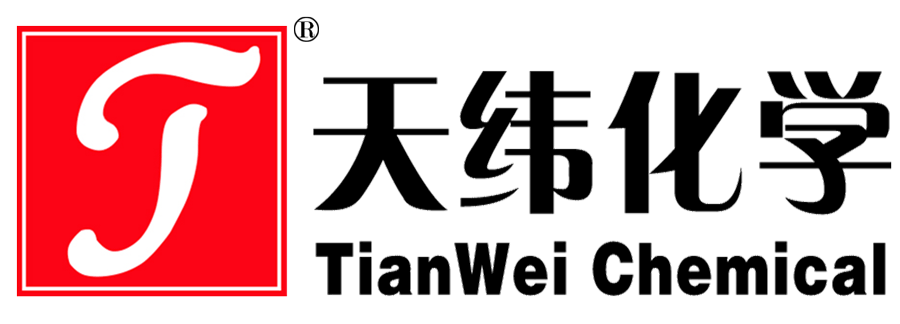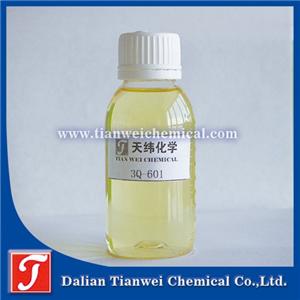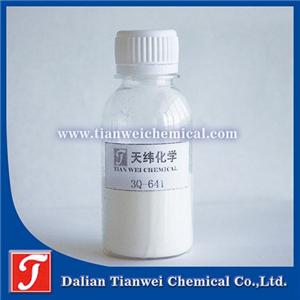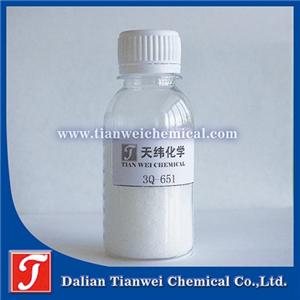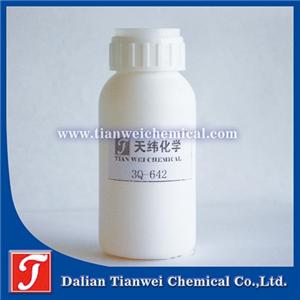The difference between oil - and water-based cutting fluids
The lubrication performance of oil-based cutting fluid is good, but the cooling effect is poor. Water - based cutting fluid and oil - based cutting liquid phase ratio lubrication performance is relatively poor, cooling effect is better. Slow cutting requires the lubrication of the cutting fluid to be strong, and in general, cutting oil is used when the cutting speed is less than 30m/min.
Cutting oil containing extreme pressure additives, regardless of the cutting of any material, is effective when the cutting speed does not exceed 60m/min. In high-speed cutting, due to the large heat, the oil cutting fluid heat transfer effect is poor, will make the cutting zone temperature is too high, resulting in cutting oil smoke, fire and other phenomena, and because the workpiece temperature is too high to produce thermal deformation, affecting the workpiece processing accuracy, so the use of water-based cutting fluid.
The emulsion combines the lubricity and rust resistance of the oil with the excellent cooling property of the water, and has a good lubricating cooling property, so it is effective for high-speed and low-pressure metal cutting with a large amount of heat generation. Compared with the oil-based cutting liquid phase, the advantages of the emulsion are greater heat dissipation, cleaning, and the economy brought about by the use of water dilution, as well as the health and safety of the operator, so that they are happy to use. In fact, in addition to particularly difficult to process materials, emulsion can be used for almost all light and medium load cutting and most heavy load processing, emulsion can also be used in addition to thread grinding, groove hemp cutting and other complex grinding outside all grinding processing, the disadvantage of emulsion is that empty easy to make bacteria, mold reproduction, so that the active ingredients in the emulsion produce chemical decomposition and odor, deterioration, Therefore, organic fungicides with low toxicity should generally be added.
The advantages of chemical synthetic cutting fluid are economic, fast heat dissipation, strong cleaning and excellent workpiece visibility, easy to control the processing size, and its stability and anti-corruption ability are stronger than the emulsion. Poor lubricity, which will cause the adhesion and wear of the moving parts of the machine tool, and the viscous residue left by the chemical synthesis will affect the movement of the machine parts, but also make the overlapping surface of these parts rust.
In general, water-based cutting fluid should be selected under the following circumstances:
Places with potential fire hazards to oil-based cutting fluids;
High speed and large feed cutting, so that the cutting area beyond the high temperature, smoke intense, fire risk occasions.
Considering the process before and after the process, the occasion requiring the use of water-based cutting fluid.
It is hoped to reduce the pollution and dirty around the machine tool caused by the oil spray and diffusion, so as to keep the operating environment clean.
From the point of view of price, for some machining materials with low surface quality requirements, the use of general water-based cutting fluid can meet the requirements of use, but also can greatly reduce the cost of cutting fluid occasions.
When the durability of the tool occupies a large proportion of the economy of cutting (such as the tool price is expensive, the tool grinding is difficult, the loading and unloading auxiliary time is long, etc.); The precision of the machine tool is high, and water is absolutely not allowed to mix (so as not to cause corrosion). Where the lubrication system and cooling system of the machine tool are easy to collude and where there is no equipment and conditions for waste liquid treatment. Oil-based cutting fluid should be considered.
